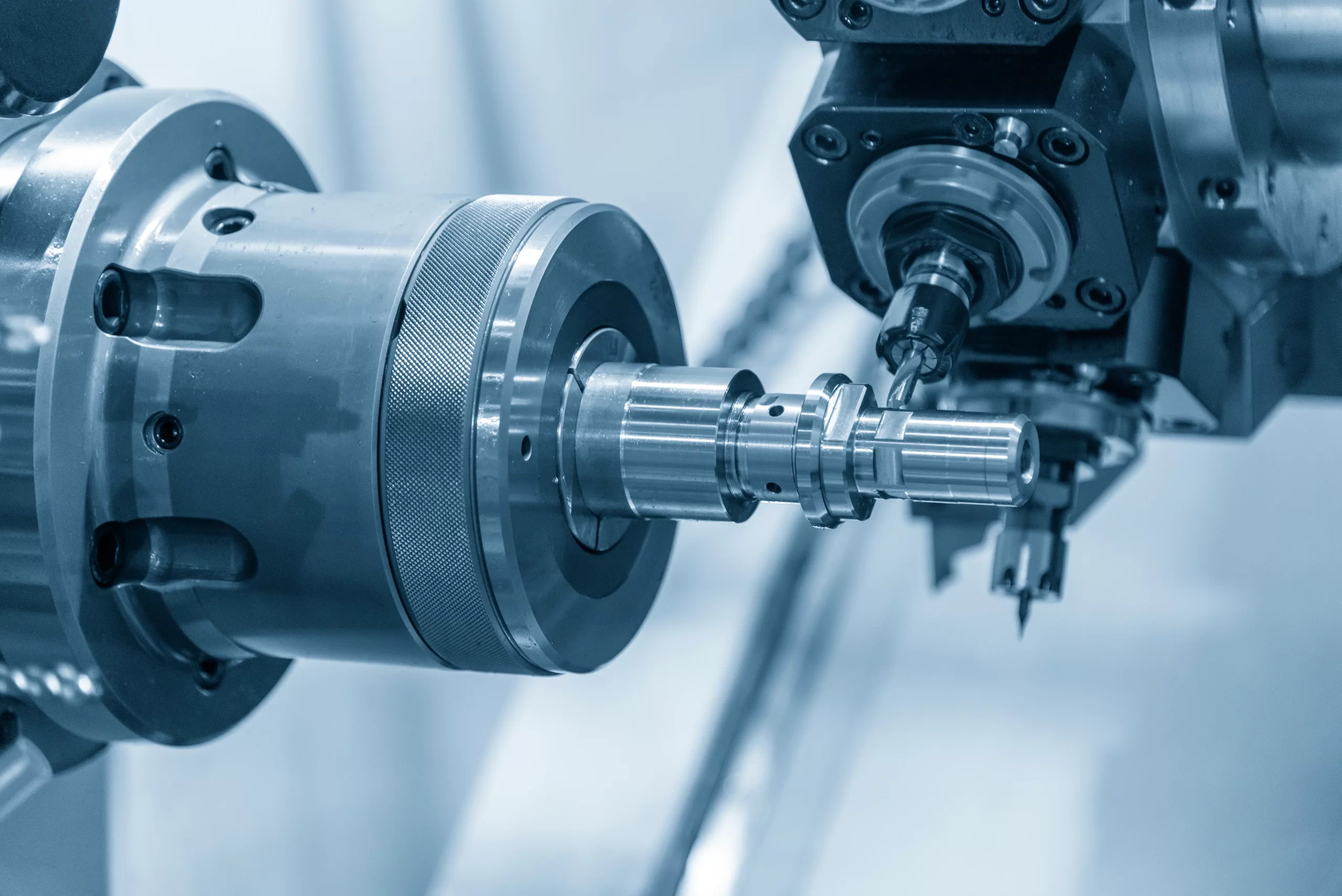Table of Contents
- What Is CNC Machining?
- Main Application Field
- How Does a CNC Machine Tool Work?
- The Different Types of CNC Machines
- The future development of CNC machining
What is CNC Machining?
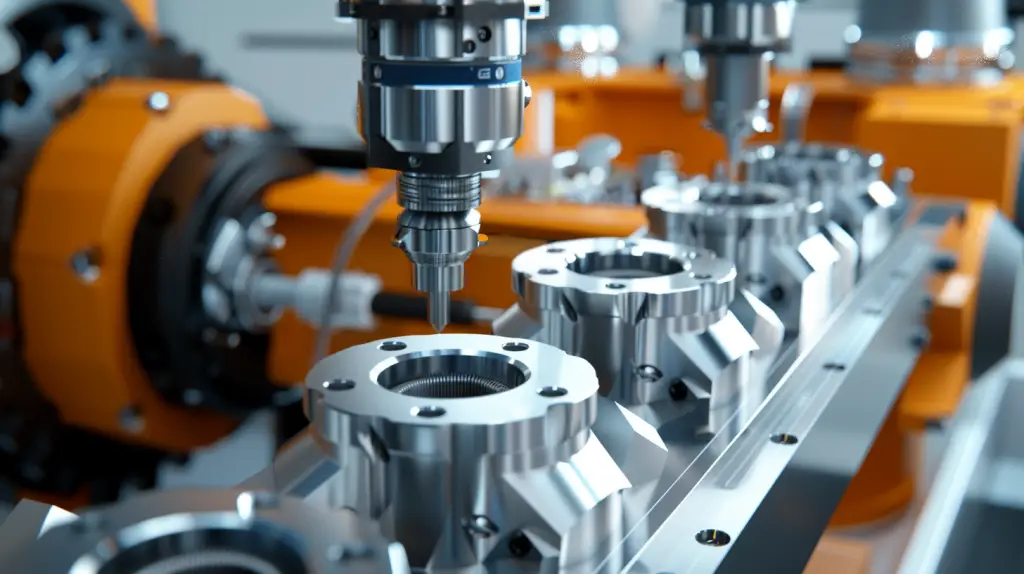
CNC(numerical control machine tool) is the abbreviation of Computer numerical control machine tool (Computer numerical control), is a kind of automatic machine tool controlled by the program. The control system can logically process the program with the control code or other symbolic instructions, decode it through the computer, so that the machine tool executes the specified action, and the blank material is processed into semi-finished parts by cutting tools.
CNC machining refers to the processing with CNC machining tools, the main purpose is to remove the excess part of the raw material, so that it has the appropriate shape, such as round, rectangular and so on. CNC now generally refers to numerical control, there are many such machine tools, it can be said that almost some machine tools have CNC numerical control.
CNC index control machine tools are programmed by CNC machining language, usually G code. The CNC machining G code language tells the Cartesian position coordinates of the machining tool of the CNC machine tool, and controls the feed speed and spindle speed of the tool, as well as the tool converter, coolant and other functions.
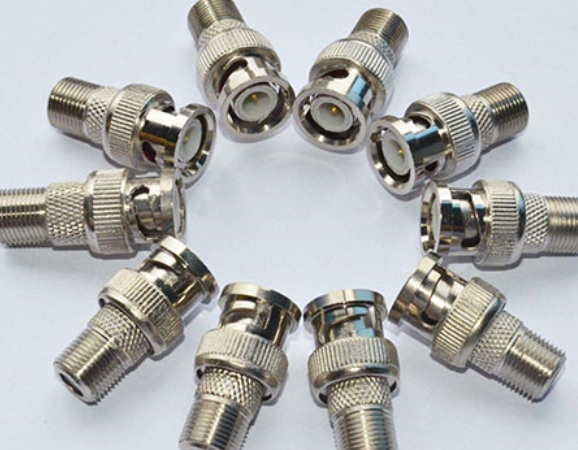
CNC machining has great advantages over manual machining, such as the parts produced by CNC machining are very accurate and repeatable. CNC machining can produce parts with complex shapes that cannot be completed by manual machining.
Main Application Field
- Automotive and parts manufacturing:
processing engine, chassis, body, interior and other parts.
- Aerospace:
components of aeroengines, turbines, blades, etc.
- Mold manufacturing:
mold, gage, fixture, etc.
- Communication industry:
precision components in communication equipment.
- Medical devices:
high-precision components in medical devices.
- Home appliance industry:
components in home appliance products.
- Industrial robots:
high-precision components in industrial robots.
- 3C industry:
components in mobile phones, computers, tablets and other electronic products.
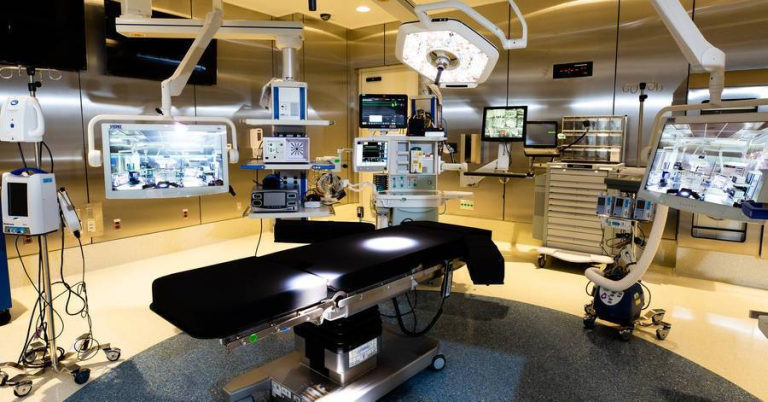
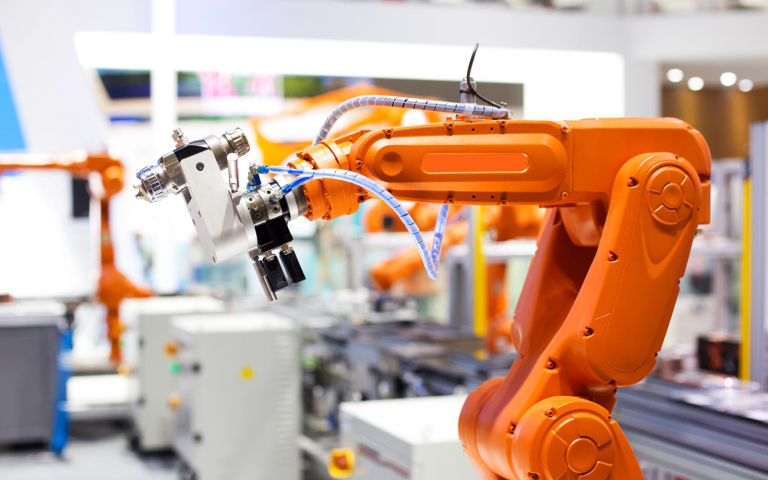
How Does a CNC Machine Tool Work?
CNC Mills
CNC mills are capable of running on programs comprised of number- and letter-based prompts that guide pieces across various distances. The programming employed for a mill machine could be based on either G-code or some unique language developed by a manufacturing team. Basic mills consist of a three-axis system (X, Y and Z), though most newer mills can accommodate three additional axes.
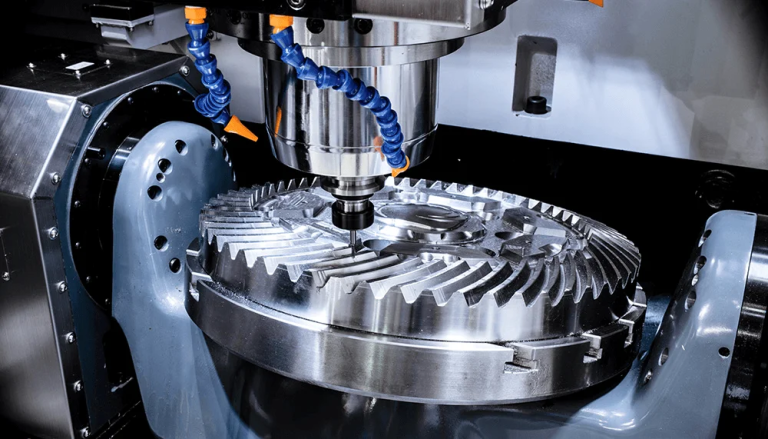
Lathes
In lathe machines, pieces are cut in a circular direction with indexable tools. With CNC technology, the cuts employed by lathes are carried out with precision and high velocity. CNC lathes are used to produce complex designs that wouldn’t be possible on manually run versions of the machine. Overall, the control functions of CNC-run mills and lathes are similar. As with CNC mills, lathes can be directed by G-code or unique proprietary code. However, most CNC lathes consist of two axes — X and Z.
CNC Laser Cutting Machine
A laser beam is a train of high-intensity light. When focused on the workpiece, it will melt the workpiece until a notch is formed. CNC technology controls the sequence of motion of the laser cutting head and laser beam until the desired custom part is manufactured.
CNC laser cutting machines offer a high level of cutting accuracy and are ideal for cutting a wide range of materials, including metal, plastic and hardwood. In addition, their extreme precision makes them ideal for machining your brand name and logo into CNC milled or turned parts.
CNC Plasma Cutting Machine
Like laser cutters, CNC plasma cutters also offer a high level of cutting accuracy and a wide range of material compatibility. The only difference between them and laser cutting machines is that they use a plasma torch to perform the cutting operation.
The plasma torch produces high power plasma (or charged gas) at temperatures up to 50,000 °F. As long as any material is electrically conductive, this enormous heat energy can cut it seamlessly.
Discharge Machining Machine (EDM)
Electrical discharge machining (EDM), also known as die machining and spark machining, is a process that uses electrical discharge to shape a workpiece into a specific shape. In the EDM process, a current discharge occurs between two electrodes, which removes certain parts of the workpiece.
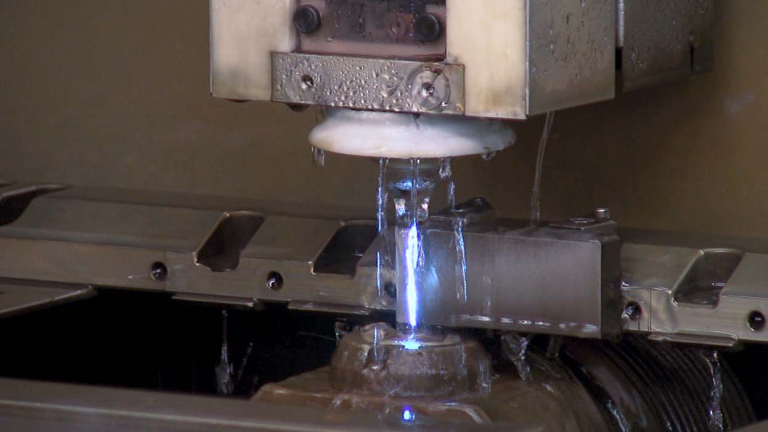
Water Jet Cutters
As the name suggests, CNC water jet cutting machines use high-pressure water jets (or a mixture of water and abrasive substances) to cut materials. Computer CNC technology controls the sequence of motion of the water jet to create the desired finished part, CNC waterjet cutting machines are very similar to CNC plasma and laser cutting machines in that they do not require a machine tool.
However, unlike CNC plasma and laser cutting machines, CNC waterjet cutting machines are particularly suitable for processing low thermal resistance materials such as aluminum and plastics. “Low thermal resistance” means that the material melts easily when exposed to high temperatures.
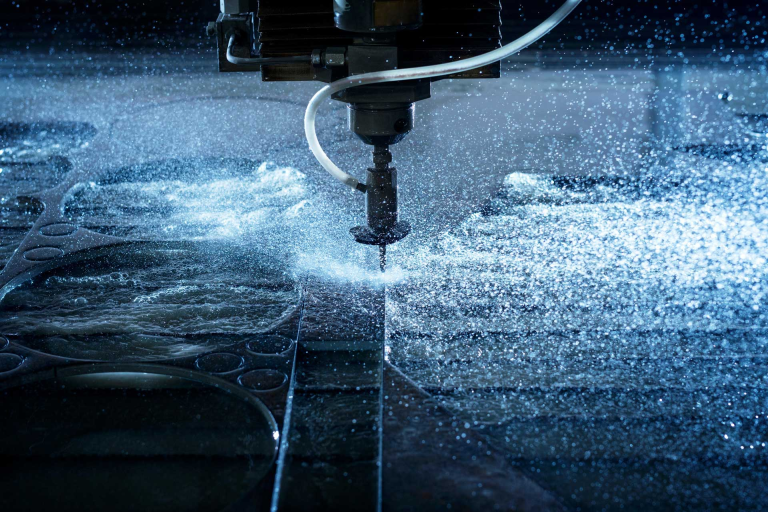
The Future Development of CNC Machining
In 1952, the first CNC machine tool came out, which became an epoch-making event in the history of the world machinery industry and promoted the development of automation.
The application of numerical control technology has not only brought revolutionary changes to the traditional manufacturing industry, making the manufacturing industry a symbol of industrialization, but also with the continuous development of numerical control technology and the expansion of application fields, IT plays an increasingly important role in the development of some important industries (IT, automobile, light industry, medical care, etc.). Because the digitalization of the equipment required by these industries has been a major trend of modern development.
Explore Cutting-Edge Precision Metal Solutions with TOPFAST CNC
Guangzhou Topfast Technology Co., Ltd is a leading manufacturer specializing in rapid prototyping & on-demand production.
With state-of-the-art machines operated by engineers who are unmatched in skills and experience, we offer CNC machining, injection molding, vacuum casting, die casting, 3D printing, sheet metal fabrication, and more.
We are certified in ISO9001, ISO16949, and ISO13485, reflecting our commitment to innovation and improvement.
Our capabilities ensure customers bring ideas to life in no time, providing comprehensive one-stop solutions from prototyping to mass production. Flagship always delivers quality custom parts with precision and efficiency while saving your time, cost, and effort.
